How to Fix Ntoskrnl.exe BSoD on Windows Server 2012 R2
Ntoskrnl.exe, short for NT Operating System Kernel, is like the brain of your Windows server. It oversees everything, from running software to handling system resources and hardware in virtual and regular environments.
If it has a problem or goes missing, the system can’t function properly, and in most cases, you’ll get a blue screen of death (BSoD), which forces a reboot.
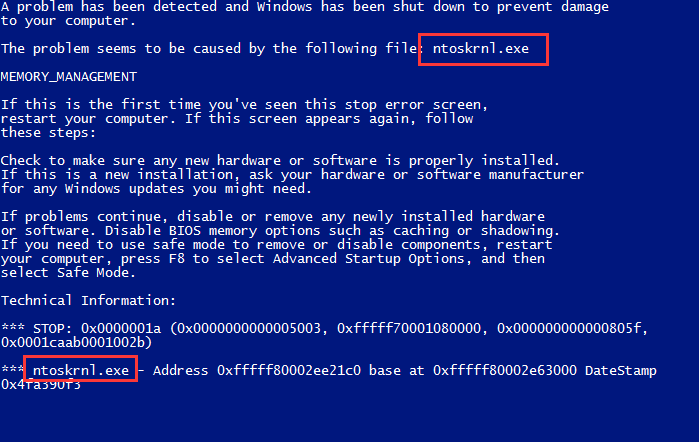
If your organization runs Windows Server 2012 R2, a BSoD can be particularly troublesome as it can knock out the whole network.
I first encountered this error on a virtual terminal server, which is less serious, but diagnosing and fixing the problem is the same regardless of the system. Here’s everything you need to know.
Why does Ntoskrnl.exe cause a BSoD on Windows Server 2012 R2?
There are several reasons why this type of blue screen error can occur. It usually boils down to system file corruption within the Windows Server OS, which happened to me during a bad Windows update, but driver problems are also common. Generally, these are the underlying causes:
- Corrupted System Files – Windows Server comprises many backend files that make the system function. If any of these are deleted or corrupted, including ntoskrnl.exe and others, it can lead to the executable failing and displaying the BSoD. Corruption can happen due to malware infections, incomplete or interrupted updates, accidental deletion, or unexpected power outages.
- Driver Problems – Outdated, corrupt, or incompatible device drivers can lead to Ntoskrnl.exe BSoD errors. This is more likely if the blue screen error uses the term pointer, a technical term related to drivers. For example, you may see: REFERENCE_BY_POINTER 0x18 ntoskrnl.exe+16395d
- Virtualization Issues – If you’re using virtual servers like Hyper-V, issues within the virtualization environment can lead to Ntoskrnl.exe BSoD errors. Ensure that your virtualization software and configurations are correctly set up and up to date.
- Hardware Issues – Incompatible or failing hardware components, such as RAM, hard drives, or graphics cards, can cause crashes. For example, a disk could have bad sectors causing corruption, or you could have faulty RAM modules or incorrect memory configurations. Because Ntoskrnl.exe communicates with hardware, it can express itself as a BSoD.
- Power Supply Issues – Insufficient or unstable power supply to your server can affect hardware and server processes.
- Windows Updates – Sometimes, updates or patches from Microsoft may conflict with your server’s configuration, causing BSoD errors.
Step-by-step fixes for Ntoskrnl.exe BSoD on Windows Server 2012 R2
Fixing your Windows server and Ntoskrnl.exe can be difficult if you don’t know the cause, but following each of these steps will bring things back to life. If you can boot into the server, it’s always a good idea to scan for malware and perform Windows and virtualization updates before proceeding with the other fixes.
1. Check Hardware
For a physical server, power it off, open the machine, and check if all the RAM and other hardware components are properly seated and connected to the motherboard.
It’s also worth checking for proper ventilation. I.e., no dust buildup and fans working properly.
2. Run System File Checker
The System File Checker can be accessed in the boot recovery environment if you can’t get into the system or by opening the Command Prompt from the server’s desktop.
This native Windows utility scans for and replaces corrupted or missing system files, such as Ntoskrnl.exe itself and related files.
1. Find the Command Prompt option in the recovery environment or type CMD into the Windows start menu search bar and run as admin.
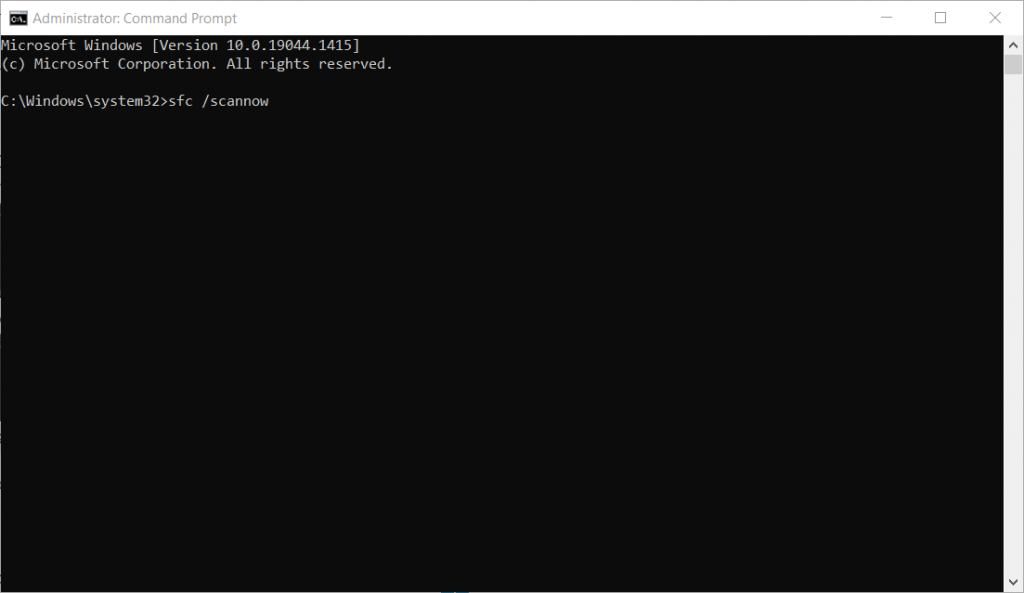
2. Type sfc /scannow and hit Enter.
3. Wait for the process to complete, which may involve an automatic reboot.
3. Run DISM
Another native utility is the Deployment Image Service and Management Tool. This too helps fix the Windows server file system. In the Command Prompt, type the following command:
DISM /Online /Cleanup-Image /Restorehealth
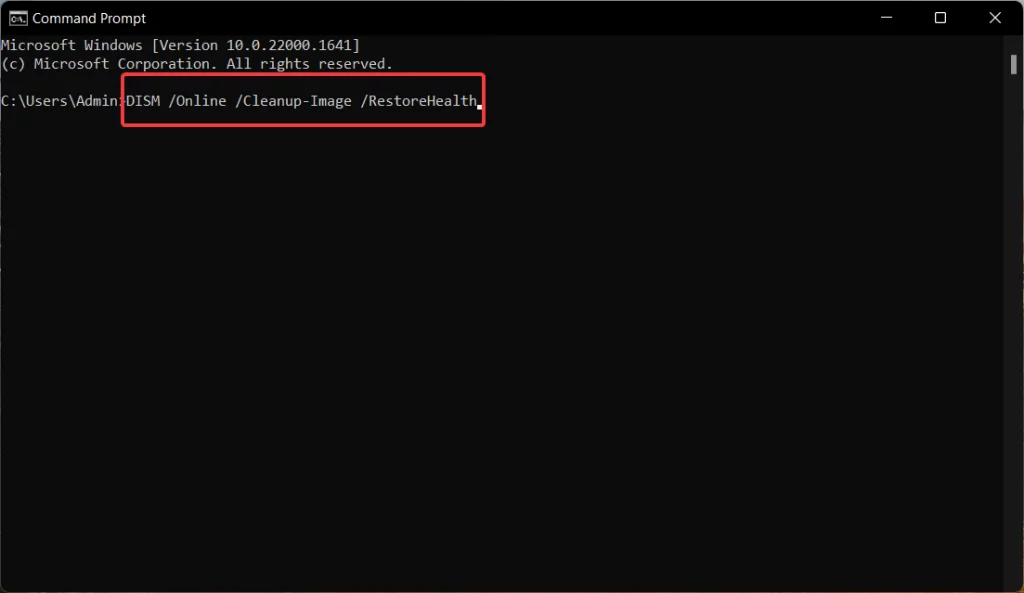
4. Run CHKDSK
Check Disk (CHKDSK) is an in-built Windows tool used to check your server’s hard disk for errors. If there are bad sectors or other issues, this can lead to Ntoskrnl.exe and other system file corruption.
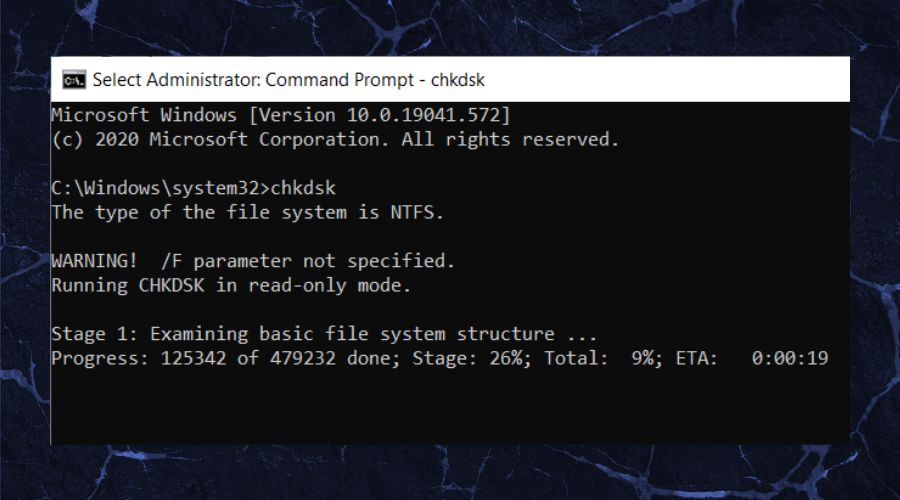
1. Open the Command Prompt and type the following command (use the correct drive letter if you do not use a C drive for the Windows installation): chkdsk C: /f
2. The F in the command instructs the tool to reboot and attempt to fix any errors.
3. Wait for the results, but be aware that serious issues, like a full hard drive failure that may require you to backup data and replace the entire disk.
5. Run Startup Repair
If you can’t boot into the server at all, it’s a bit more complicated than a regular Windows OS, as there is no standalone startup repair for BSoD. However, if you have a boot disc or bootable media, which can be downloaded and put on to a drive, you can repair Windows Server.
1. Insert your boot disc or USB drive.
2. If it doesn’t automatically take you to the setup screen, reboot and keep pressing F8.
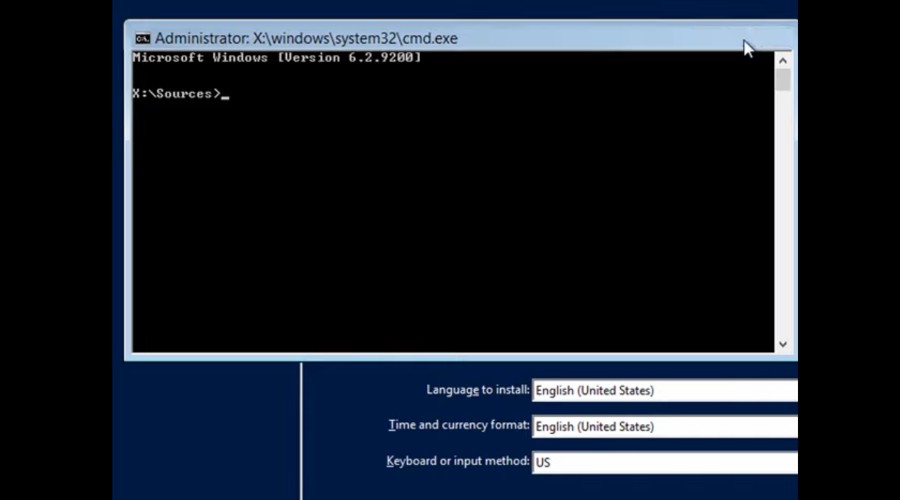
3. Once at the startup menu, press Shift + F10 to open the Command Prompt. Here, you can run any of the previous utilities.
4. To run startup repair, type the following command: bootrec /scanos
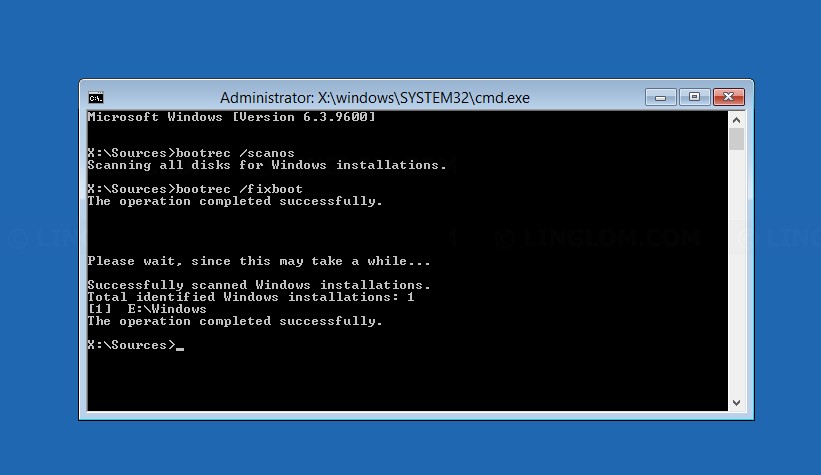
5. Once it finds your Windows installation, type the following command to fix boot issues: bootrec /fixboot
6. Update Drivers
1. Identify the Drivers to Update
Before updating drivers, determine which drivers need to be updated. You can check the device manager for devices with outdated or problematic drivers. Right-click on the Start button and select Device Manager.
2. Visit the manufacturer’s website for the hardware component you want to update. Download the latest drivers for Windows Server 2012 R2. Ensure that you choose drivers specifically designed for this operating system.
3. Once you’ve downloaded the updated drivers, open Device Manager. Right-click on the device you want to update and select Update driver.
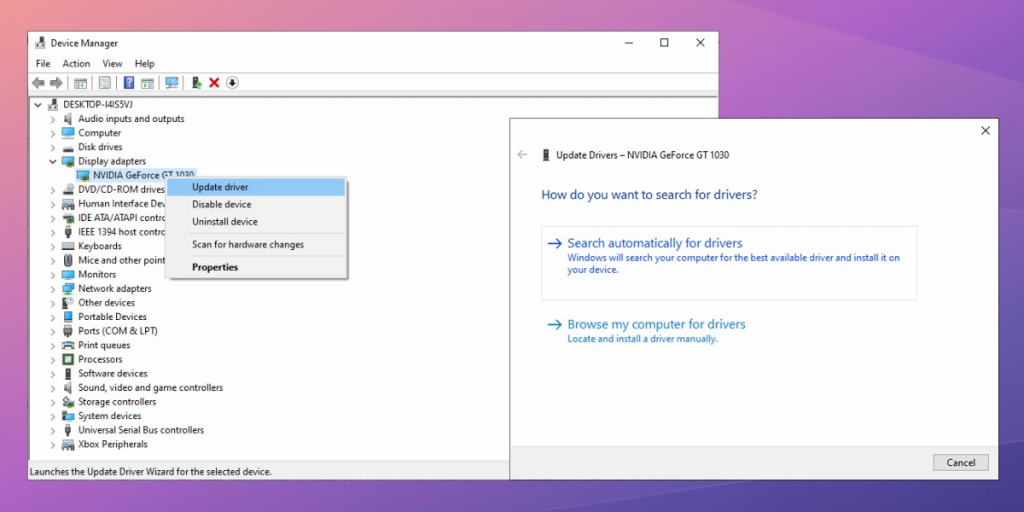
4. Browse to the location where you saved the downloaded drivers and follow the on-screen instructions to install the updated driver.
5. Windows Server 2012 R2 can also automatically search for and update drivers through Windows Update. To enable this feature, open Server Manager, click on Configure this local server, and under Windows Update, click on Not configured.
6. Select Install updates automatically (recommended). Windows will now check for driver updates through Windows Update.
7. Run Windows Memory Diagnostic
Ntoskrnl.exe is required for Windows memory processes, so troubleshooting RAM with the can detect any problems.
1. Press the Windows key and type Windows Memory Diagnostic.
2. Click the Restart now and check for problems option.
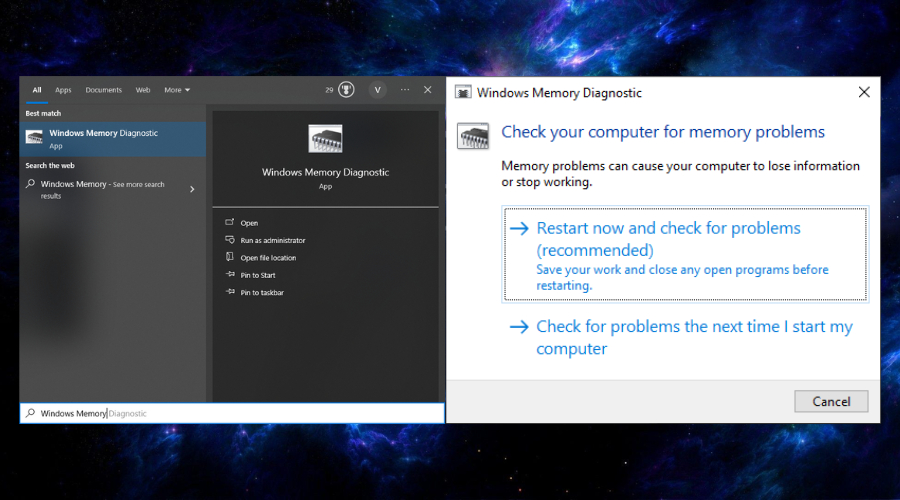
3. Wait for the scan to finish. Your server will restart and provide a summary of results when Windows loads.
5. You may need to replace or repair faulty RAM before you can run Windows Server 2012 in a stable manner.
8. Use a Windows Repair Tool
A Windows repair suite like Fortect applies many of the same built-in tools mentioned above under one interface, along with lots of extras.
1. Download and Install Fortect on your Windows server.
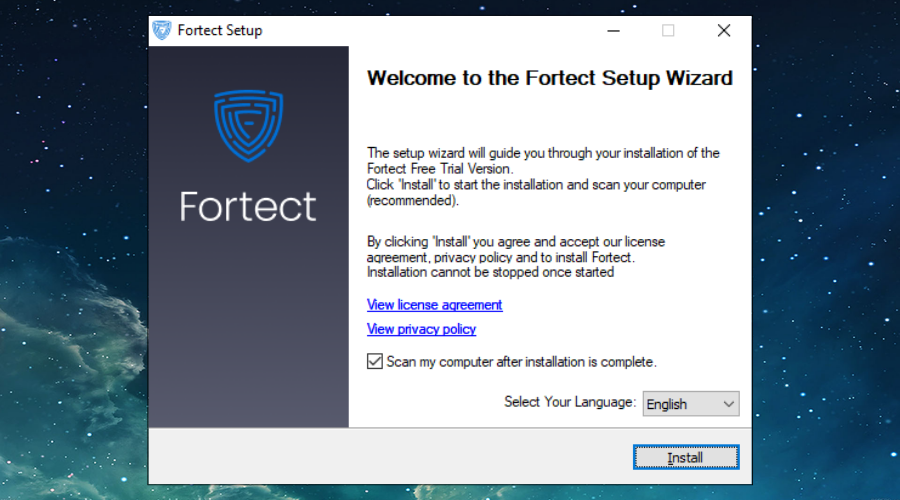
2. Launch Fortect and Start Scanning. It will perform a system-wide analysis, checking for issues in the Windows registry and corrupted system files related to Ntoskrnl.exe BSoD problems. It quickly detects errors by comparing your system to its database of healthy Windows components.
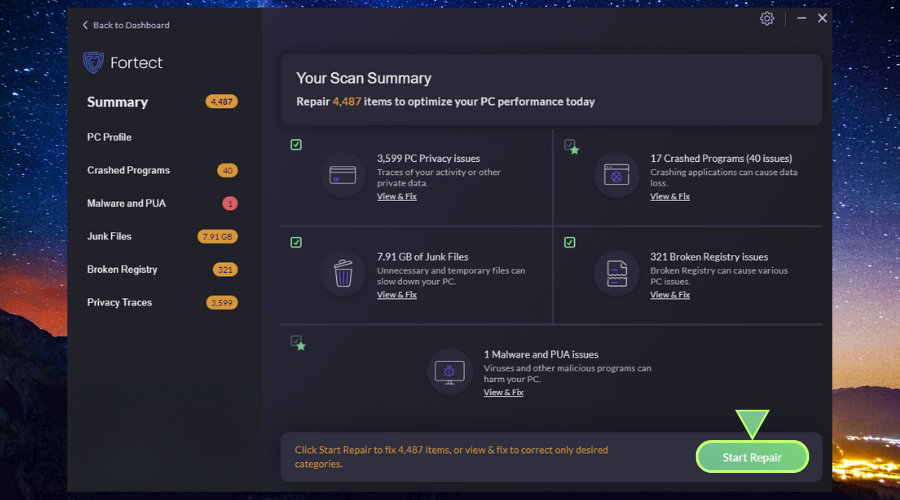
3. Click on Start Repair to replace any corrupted or missing files with clean versions from Fortect.
4. Restart Windows Server after the repair and scan process is complete.
Fortect is also useful because it gives a system and hardware summary, which can inform you if any hardware isn’t recognized or the system is overheating.
Conclusion
A Blue Screen of Death is not just a minor inconvenience as it can disrupt your workflow and lead to potential data loss. Fortect offers a comprehensive solution to diagnose and fix BSoD issues related to ntoskrnl.exe, ensuring your system’s stability without compromising your data.




